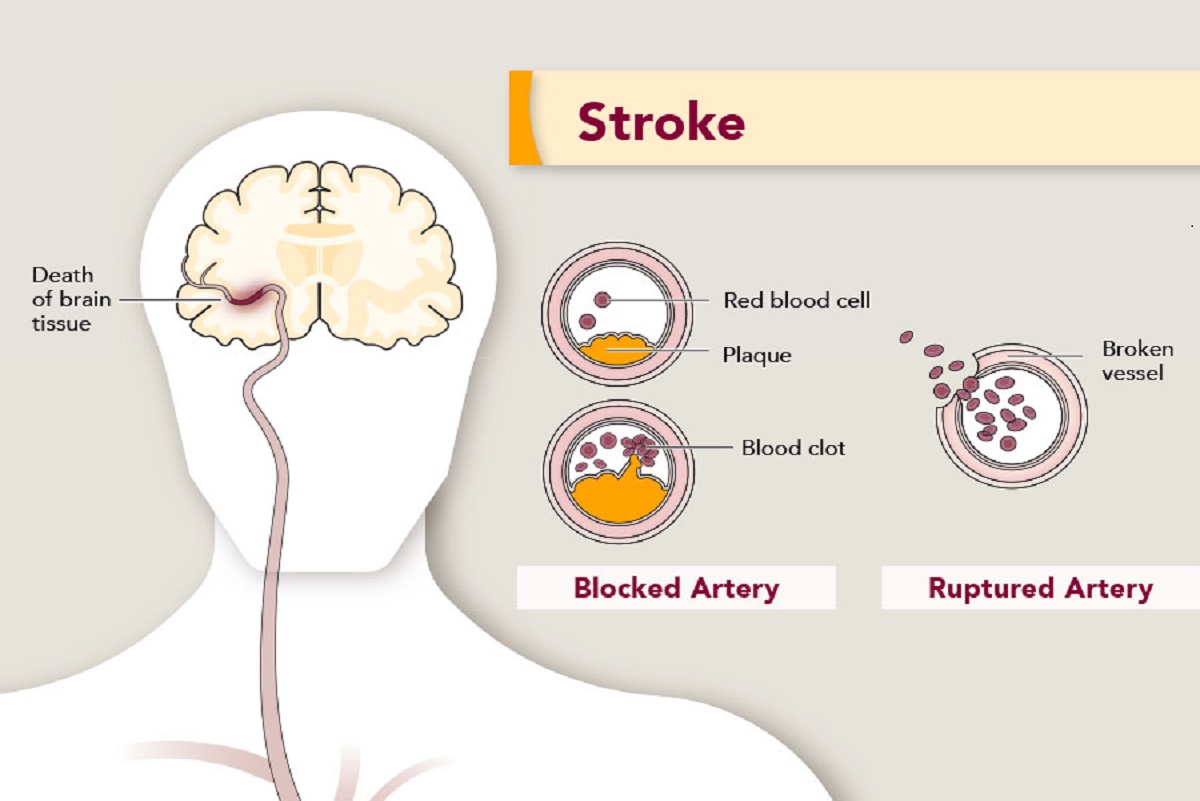Understanding IVF
Jul 25, 2024

STROKE, sometimes called a BRAIN ATTACK, is a third leading cause of death in developing countries among population above 60 years old, after heart disease and cancer.
It is not just an elderly disease, but also effects young people.
Stroke is medically defined as a rapid decline in neurological function that is caused by reduced blood supply to the brain.
High blood pressure, uncontrolled diabetes, age, history of vascular events, obesity, heavy alcohol intake or smoking abuse are all the major risk factors leading to stroke.
There are two major kinds of stroke. The first is ischemic stroke which accounts for nearly 87 percent of all strokes, is caused by occlusion of the blood vessel supplying to brain. The second one is hemorrhagic stroke, which is caused by rupture of a blood vessel in the brain spilling blood into the brain and accounts for around 15 percent of stroke cases.
Neurological deficits are accounted in nearly 90% of all stroke patients, 35% of whom have a reduction in their quality of life when compared to pre-stroke levels.
As correctly said “TIME IS BRAIN” – which emphasizes the crucial value of timely treatment in acute stroke.
In each minute, 1.9 million neurons, 14 billion synapses, and 12 km (7.5 miles) of
myelinated fibers are destroyed in acute stroke.
By just learning an easy to remember acronym “BE F.A.S.T” which is Balance, Face, Arm, Speech, Time (sudden change in Balance, Facial numbness or weakness, Arm numbness or weakness, Speech difficulty and Time to call emergency services), a lot of lives can be saved.
With the latest advancements made in the field of stroke, patient’s life can be prevented from becoming debilitating.
Intravenous thrombolysis and mechanical thrombectomy have completely revolutionised the ischemic stroke management.
Thanks to the above said treatment, morbidity and mortality from acute stroke has largely declined from the past 20 years.
So faster the recognition of the stroke symptoms (just remember BE FAST), greater the chance that we can save his/her life.
Dr. Neha Pandita
Consultant, Head Unit – II (Neurology)
MBBS, MD (Medicine), DNB (Neurology)
Metro Heart Institute with Multispecialty Faridabad